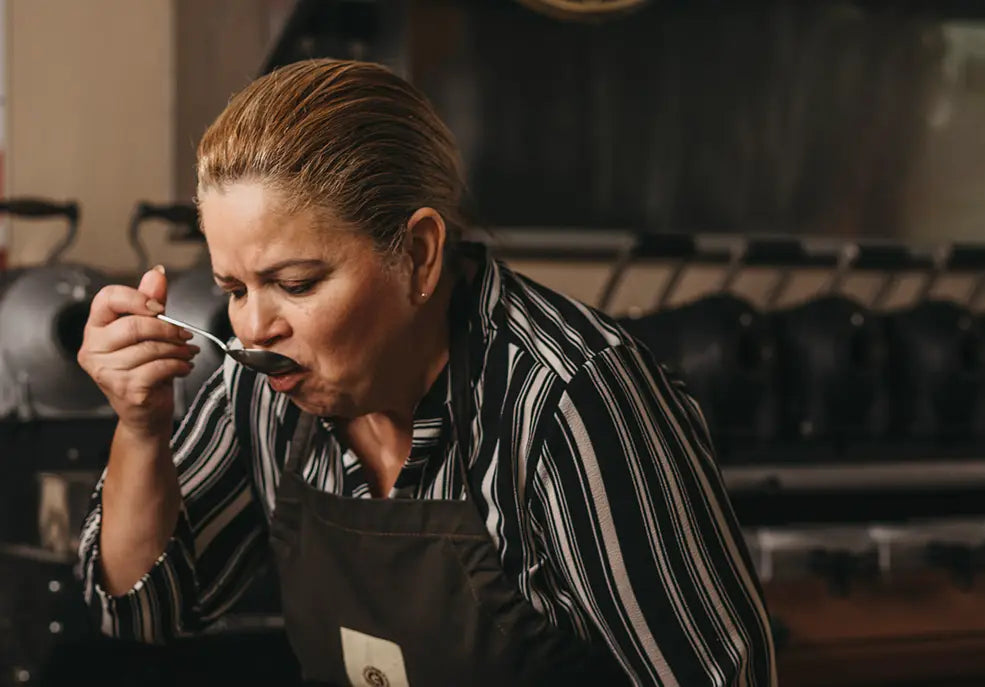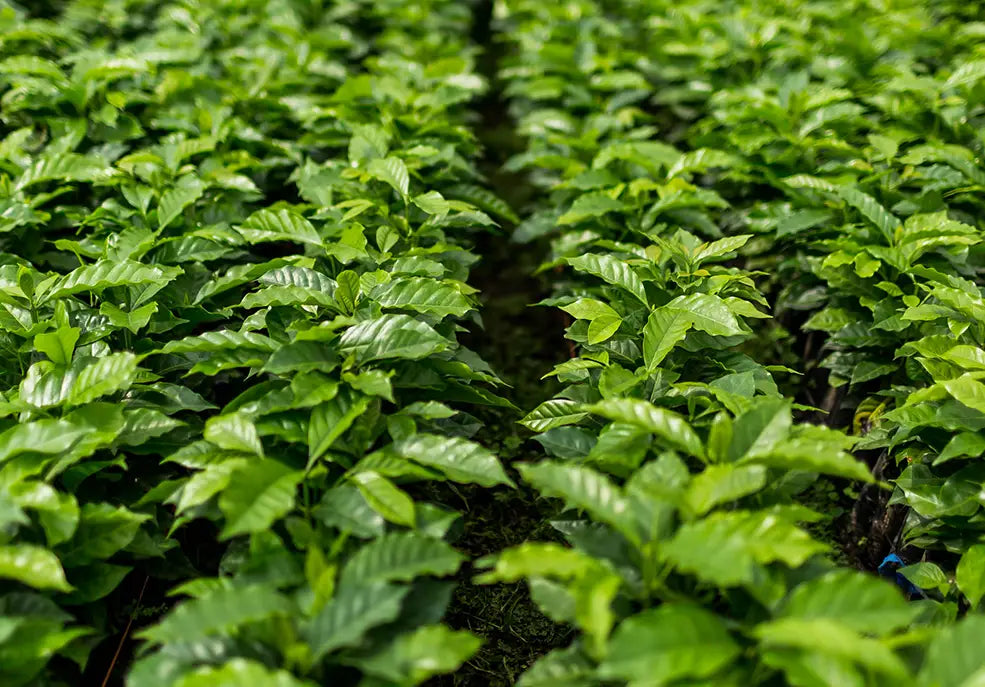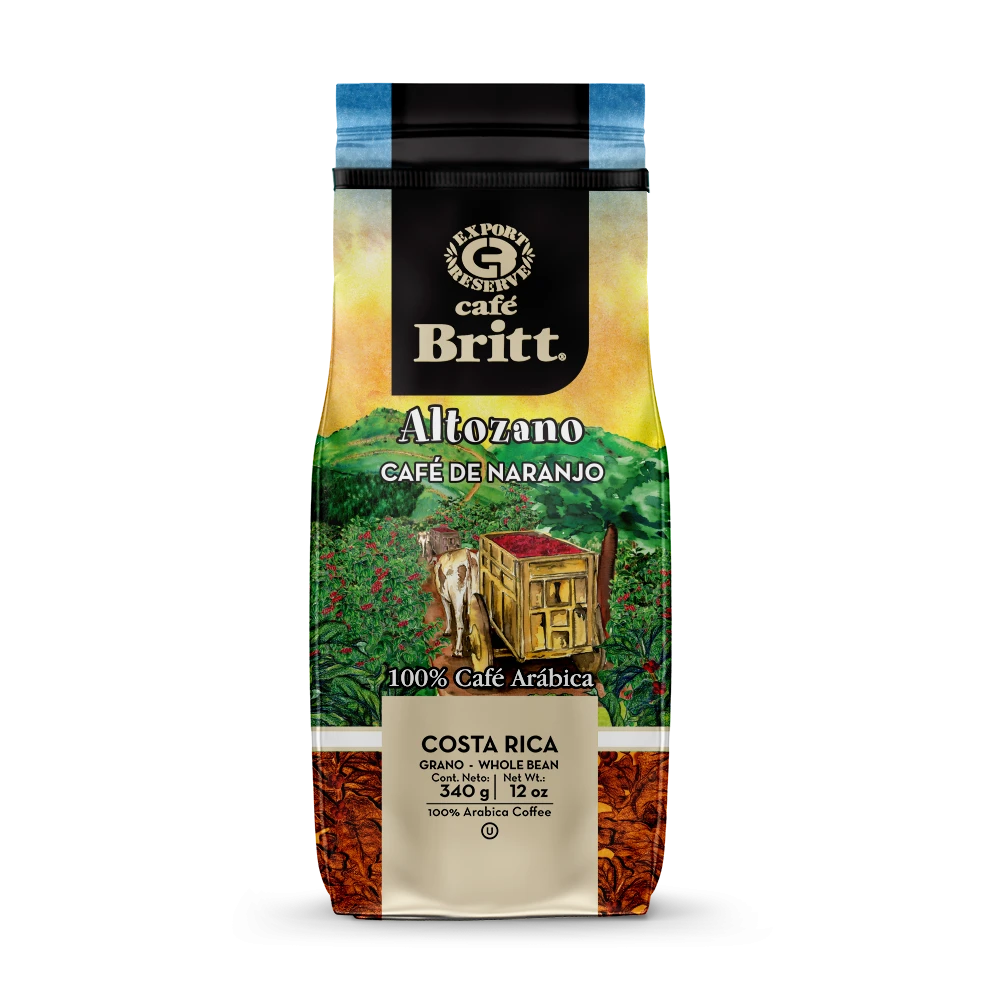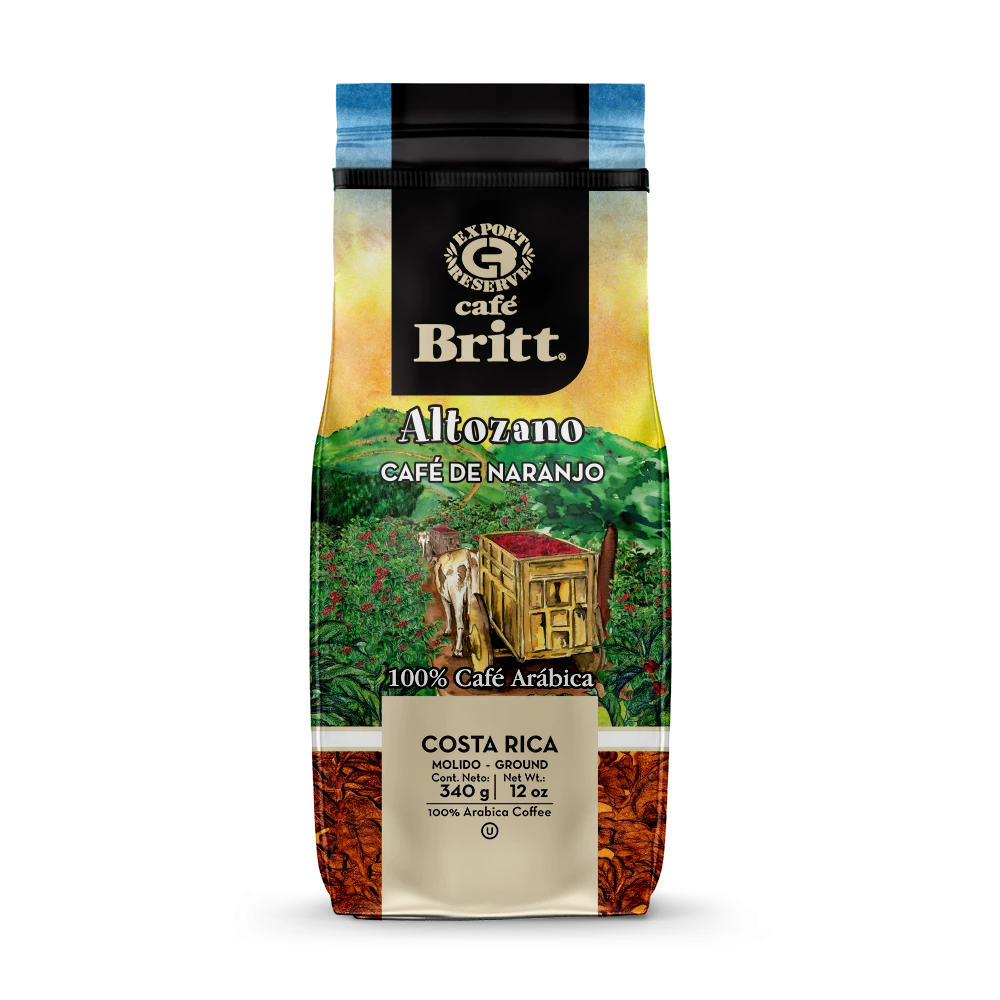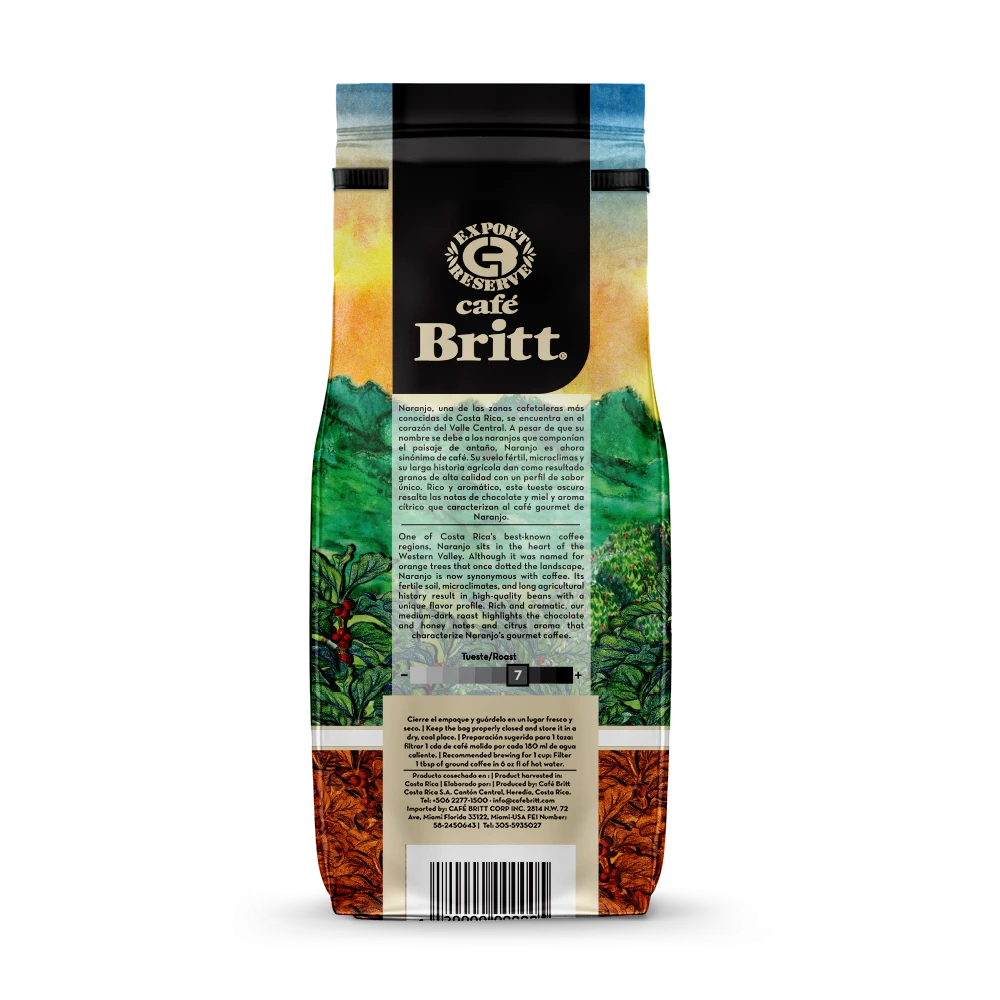OXCARTS: THE WHEELS OF COSTA RICA
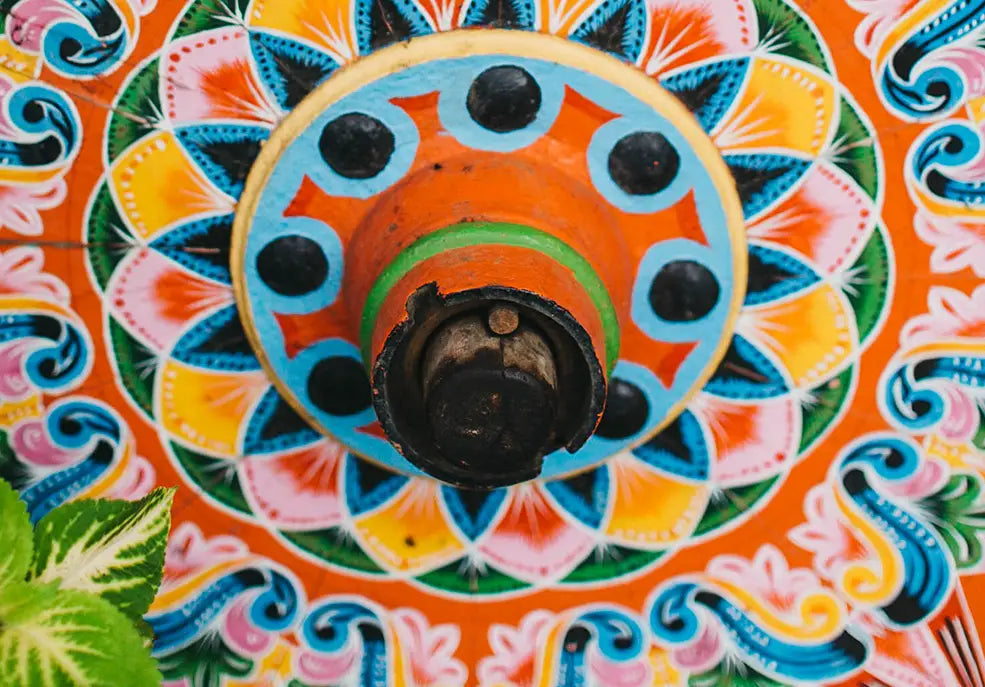
Costa Rica’s identity as a nation is closely related to our status as one of the top coffee-growing countries in the world, so much so that even one of our national symbols, the oxcart, is related to coffee beans.
Oxcarts, or carretas, have been symbols of Costa Rica since 1800s. Traditionally, they were used to haul coffee beans from plantations to the ports from which they were exported. This long journey took the carts through Costa Rica’s lush Central Valley and over the beautiful mountains, sometimes taking as long as two weeks.

When first used, these carts were actually pulled by people. Eventually, as the demand for coffee grew, oxen were used to increase the amount of beans that could be transported.

The design of the wheel reflects the country's mixed heritage. It combines aspects of Aztec and Spanish culture to create a totally unique transportation device with a uniquely Costa Rican twist.

Not content with viewing these carts as just a means of transportation, families began decorating them. Oxcarts were often a family or village’s only means of transportation, and the colors and designs soon became associated with specific farms and areas. It was a way to show pride in your home. Oxcarts became recognizable because of their bright colors and intricate patterns.


Today, oxcarts are no longer needed to transport coffee beans and other cargo around the country, but they still hold an important place in the country’s history and artistic culture. They remind us of the bean that sustains our economy, and how fun it is to produce it.

